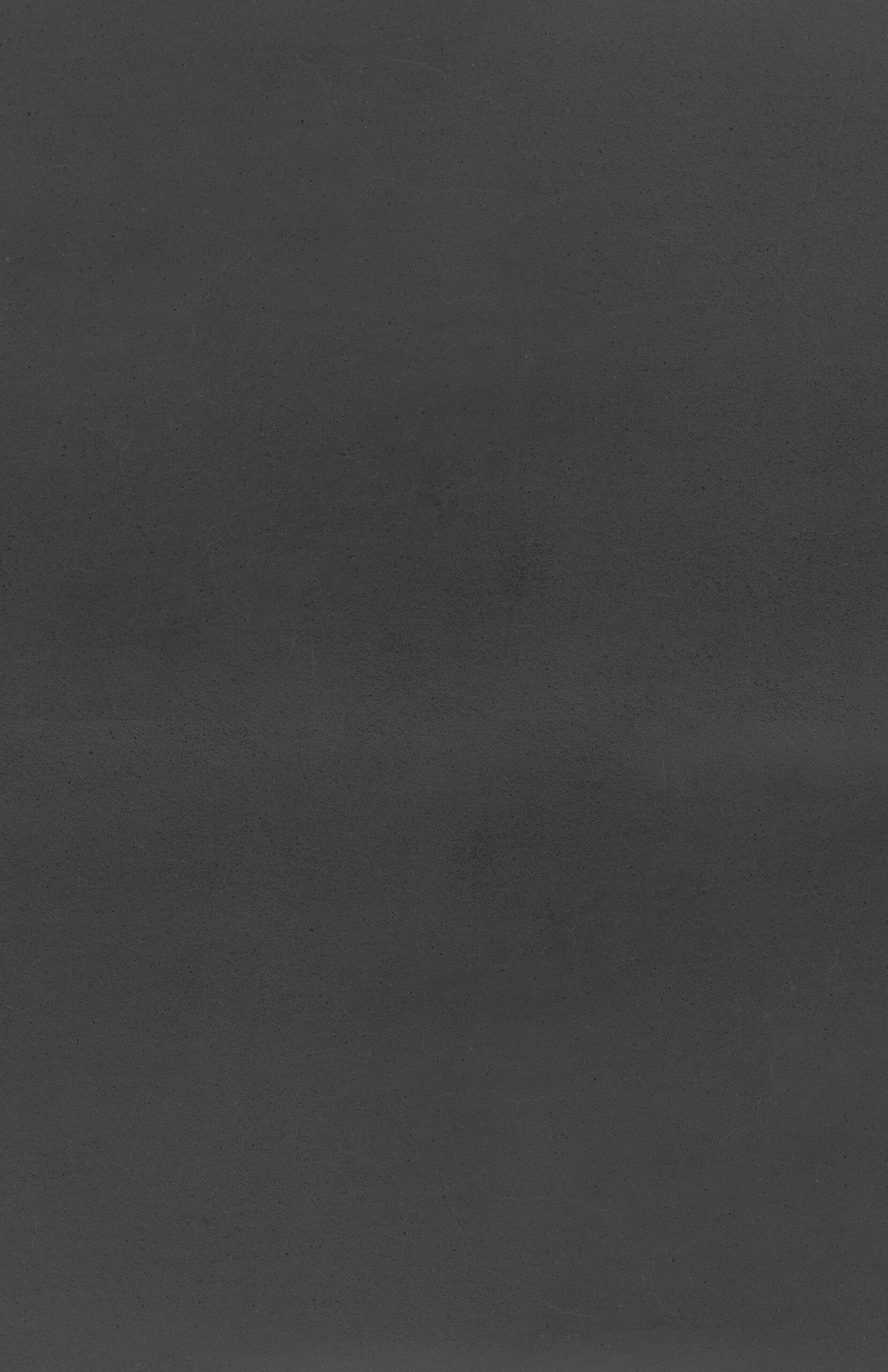
Is Concrete Waterproof?
Posted By:Dynamic Concrete Pumping , Date: Oct 23, 2020

While you might see rain pool up on top of your concrete driveway, that doesn’t mean it’s waterproof. Far from it, in fact. Traditional concrete is a porous material that’s filled with little holes that can draw in water. It won’t block out liquids, but there are a few different ways you can make concrete waterproof or water-resistant.
When discussing concrete and waterproofing, you’ll often hear the following terms used in similar contexts, but they don’t mean the same thing. So let’s clarify them:
- Porous: A porous material is one that has pores, or holes, through which water or gas can pass through. Concrete’s porosity varies based on the mixture, but its cured form is still porous. As concrete cures, it forms a crisscrossing network of small tunnels, called a capillary system, throughout the concrete. The openings to these tunnels appear on the surface as pores.
- Permeability: Permeability refers to how well liquids or gases can pass through a material. Since concrete is porous, it has a lot of holes for water to pass through. Is concrete permeable? The answer is yes, because water can flow through the pores and tunnels.
So now we know water can get through concrete. But what does that mean for the concrete’s structure and strength?
Does Water Damage Concrete?
In short, water does damage concrete, often by wearing away at the inner channels in a block of concrete. It can also create stains or contribute to freeze/thaw damage.
You may remember from geography class that water has some powerful eroding properties, enabling it to cut through rock, like in the Grand Canyon. The same principle applies to concrete. As water flows through the capillary system, it can wear away at the tunnels, eventually creating larger and larger pockets to move through and cause more erosion.
In addition to deterioration, water can also stain the surface of your concrete through repeated or constant exposure.
Finally, freeze-thaw is a process by which erosion and ice work together to create large, damaging cracks in concrete. During cold weather, water moves into the pores of the concrete, where it freezes. As it freezes, it expands, adding pressure to the capillary system and the concrete or rock overall. This process repeats over and over as temperatures rise and fall and can quickly lead to deterioration.
How to Make Concrete Waterproof or Water-Resistant
Fortunately, this doesn’t mean you can’t get a non-porous surface made of concrete. There are a few different ways to make your concrete waterproof or water-resistant:
- Use less water in the mixture: The more water in a concrete mixture, the more trapped air pockets you’ll get that dry into capillary pores. Of course, you’ll still have to meet the minimum requirements to maintain the concrete’s structure.
- Mix products into the concrete: Some products, called admixtures, can be added to improve water resistance.
- Add a waterproof or water-resistant coating: With certain types of surface coatings for concrete finishing, you can make the concrete more resistant to water. As an added bonus, some can also offer ultraviolet protection.
We can help with that last one. Dynamic Concrete Pumping, Inc. offers an array of concrete finishing services and can help install and prepare concrete for years of durability.

